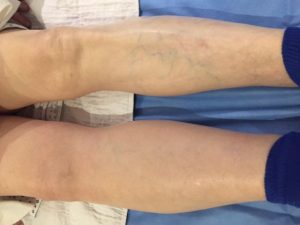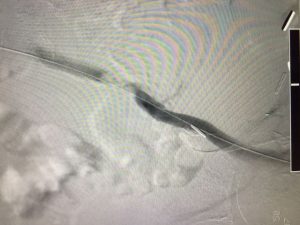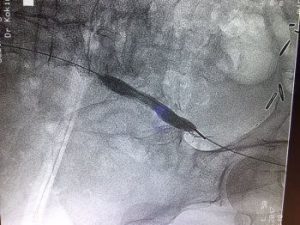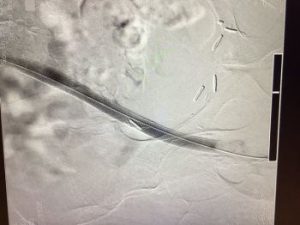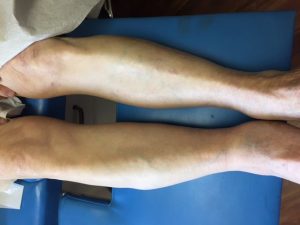As a vascular surgeon, one of the more common questions I receive from patients and from friends and family alike is what do I actually do? I find the question interesting because before I went to medical school, I did not even know that the field of vascular surgery existed! Vascular surgeons operate on the blood vessels all around the body including the chest, arms, neck, abdomen, and legs. One key thing to remember is that Vascular surgeons do NOT work on a person’s heart. Heart doctors are more commonly known as cardiologists and cardiac surgeons.
There are two different types of blood vessels: arteries and veins. Arteries are the tubes that bring blood from the heart to the rest of the body including arms, legs, head, abdomen, and legs. Arteries allow blood to travel at high speed with the pressure provided by the contraction of the heart. Common health problems like high blood pressure, high cholesterol, smoking, and diabetes can result in blockages of the arteries that lead to the foot. Once the blockages are severe enough, a patient can have pain in the calves and feet as well as ulcers or gangrene of the toes and feet that do not heal. In addition to the effects on the legs, patients can also develop narrowing in the carotid arteries that supply the brain, the arteries that lead to the arm, and the arteries that lead to organs in the abdomen.
On the other hand, veins are the tubes that bring blood back to the heart from the body. After dropping off oxygen and nutrients to the tissue, the blood returns to a low-pressure state and thus moves at a low speed in the veins back to the heart. Because of the low pressure, specialized structures called valves exist in the veins to make sure that after blood goes back to the heart, the blood does not reflux back into the vein. When reflux occurs, the venous pressure can increase and cause ulcers, swelling, and varicose veins in the legs.
If you have ulcers on your feet that have not healed or varicose veins or swelling in your legs that are limiting your life, do not hesitate to call our office at 408-376-3626 to schedule a consultation. We can help!
Visit our website at www.southbayvascular.com to learn more about who we are, what we can do, and how we can help restore your circulatory health.
South Bay Vascular Center and Vein Institute
25 years of compassionate vascular care for South Bay communities
